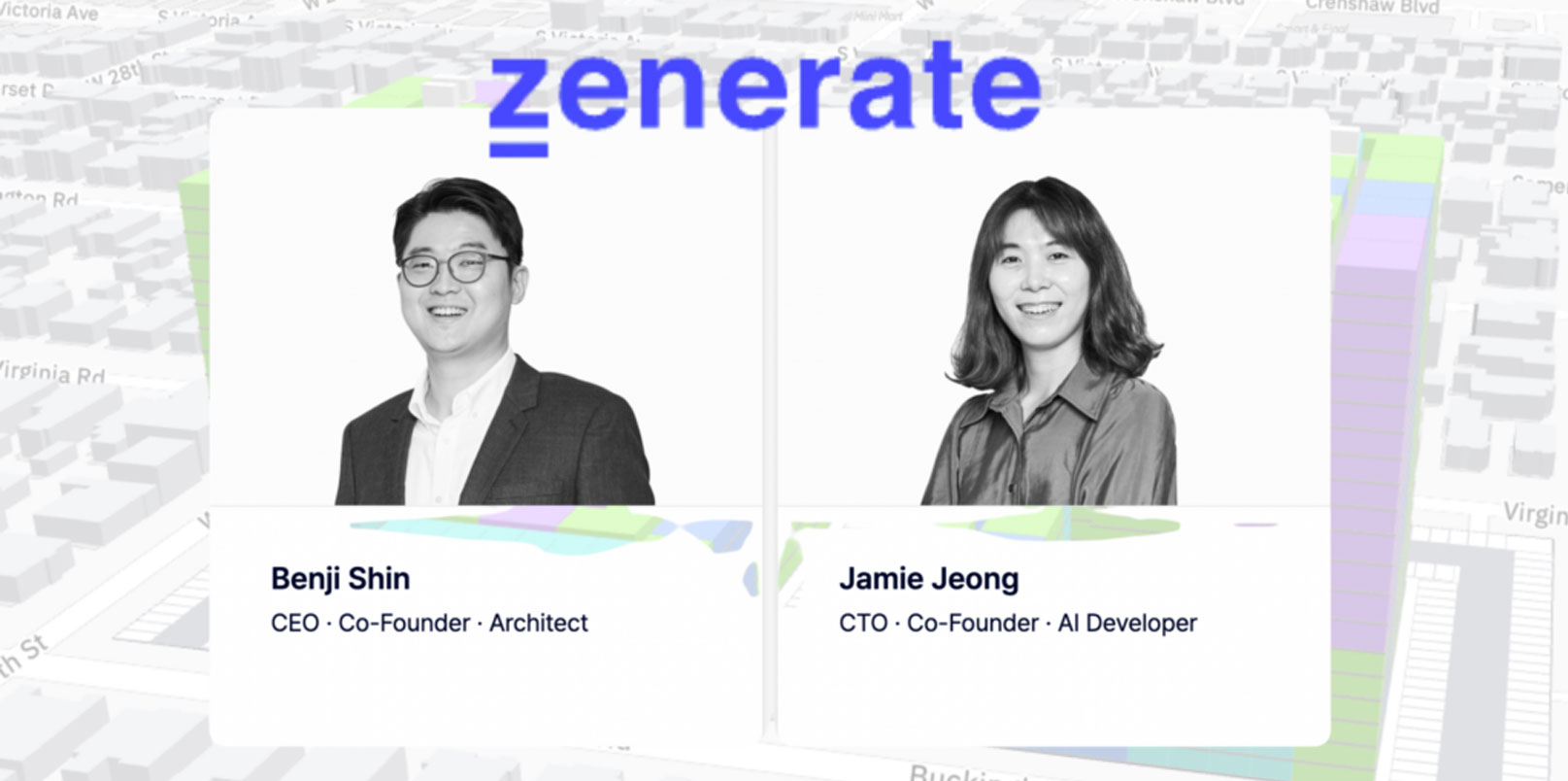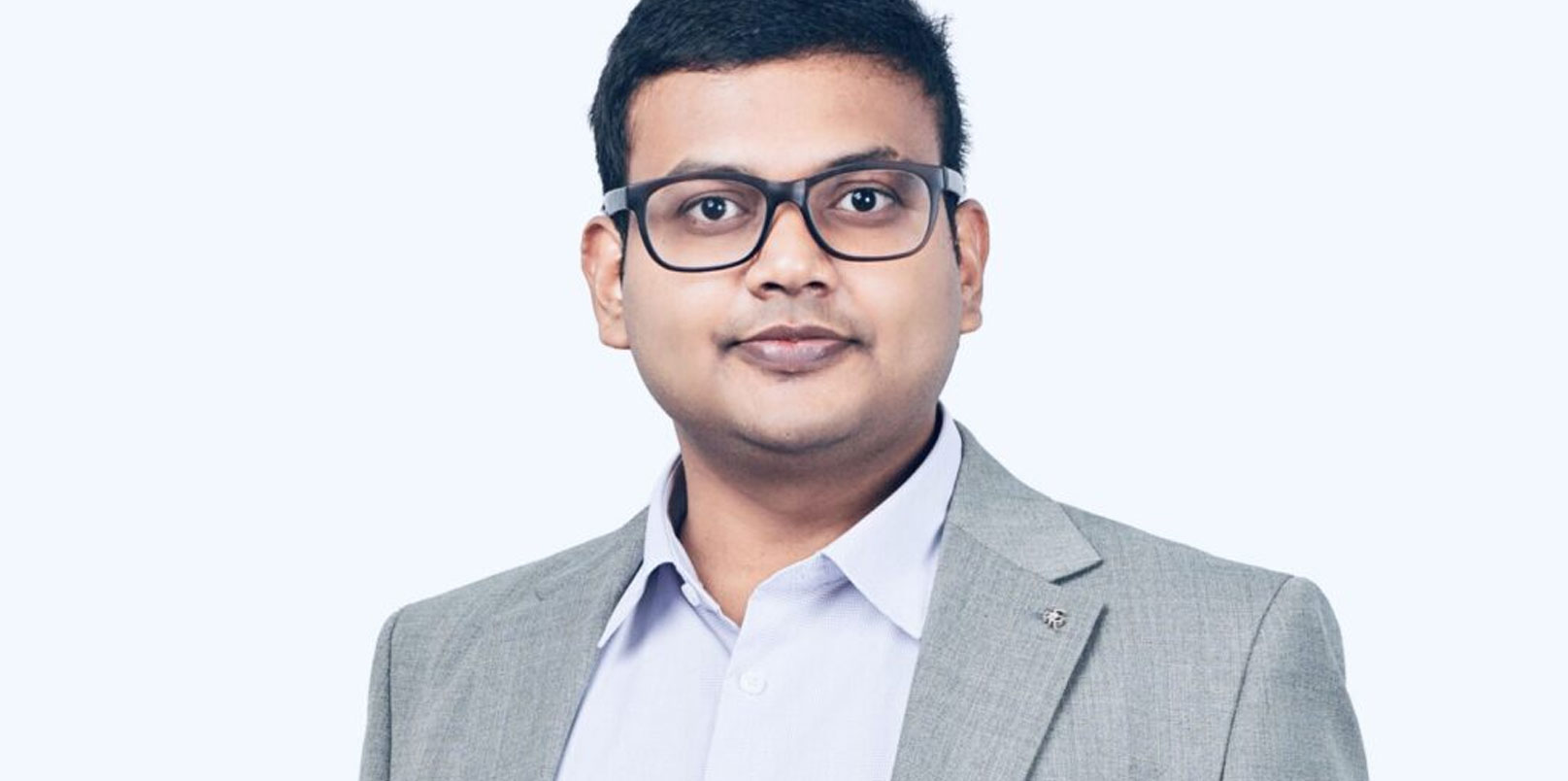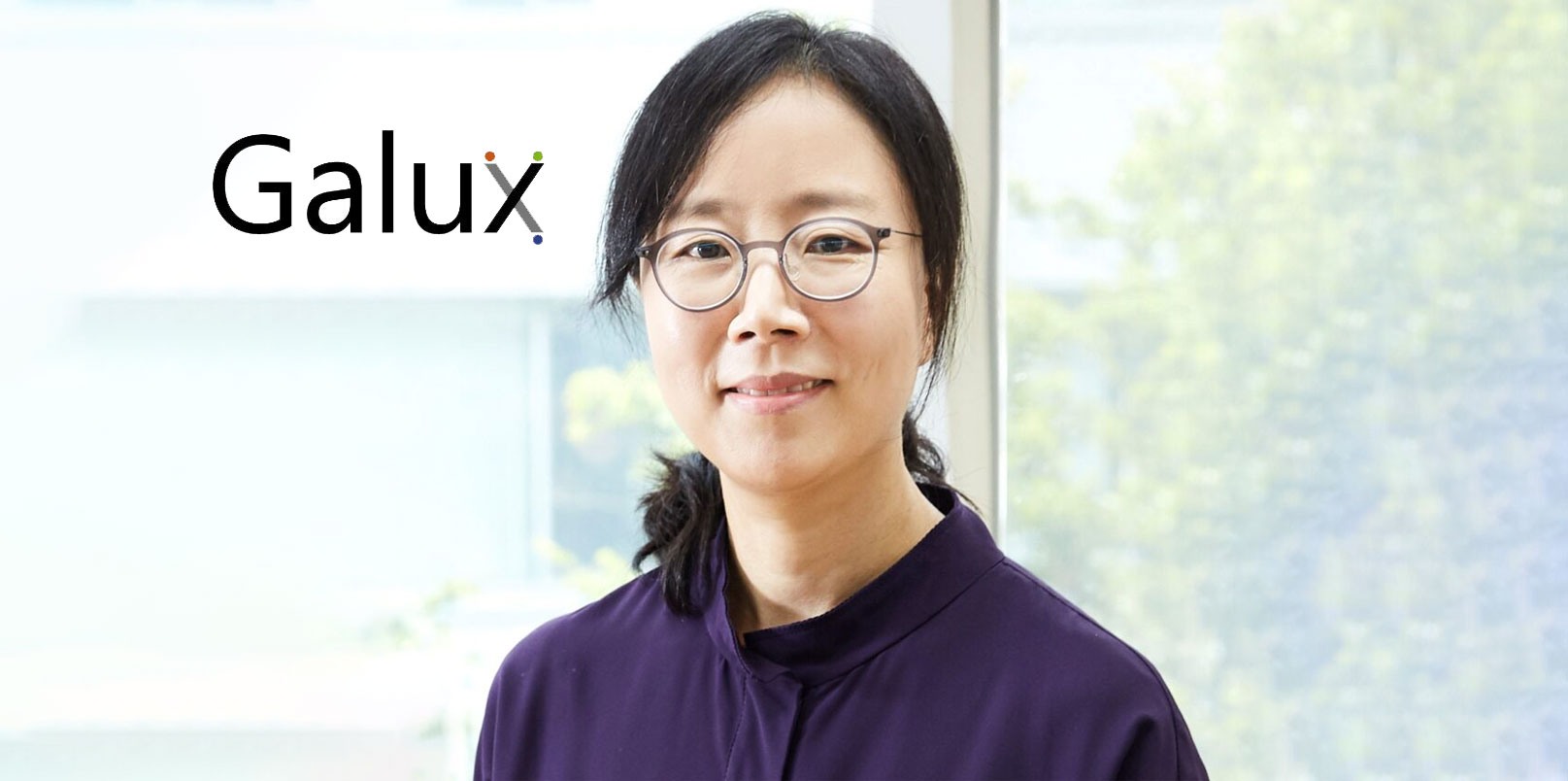Austin Arensberg is the Principal at Scrum Ventures, an early stage venture capital firm based in San Francisco, California that has invested in over 65 startups related to e-commerce, healthcare, software, video, and transportation. Prior to joining Scrum Ventures, Austin served as a manager in Samsung’s Global Strategy Group in Seoul, Korea where his work focused on electric vehicles, energy storage, and corporate restructuring. Austin’s previous professional experience included serving in corporate M&A and cleantech-focused Private Equity.
Austin’s work has been published by the Global Private Equity Initiative for his research on private equity fund management and he has served as a clean energy advisor for USAID. Austin is a grantee of the U.S. National Science Foundation, a graduate of INSEAD Business School, Mentor with the Venture for America Program, and a Trustee of the Princeton in Asia Fellowship Program.
Scrum Venture’s 65+ company portfolio includes ThirdLove (Fashion), Chariot (Transportation, exit to Ford), TopFlight (Drones), Second Measure (credit card data analytics), Lob (Printing), and May Mobility (autonomous transportation).
Austin Arensberg had a talk with koreatechdesk.com regarding his views on the startup ecosystem and his advice to new entrepreneurs.
1. What background and domain expertise do you have and how did you transition to become an investor?
I’ve been investing for over 10 years in my career. I began my investing career in Asia in cleantech private equity, then transitioned to corporate development for a Fortune 100 energy company, and have been with Scrum Ventures investing in early-stage venture capital since 2016.
I actually started my career in international development and environmental research stemming from my double major at university in Environmental Science and Political Science. After working two years as a researcher, I transitioned to investing when I met a small team that was fundraising to deploy a cleantech fund investing across Asia. I built that team up, set up our office, and spent most of my 20s traveling Asia seeking investment opportunities to browse. It was a wide and expansive foray into investing and taught me a lot about partnering with entrepreneurs, diligence with limited information, and the importance of understanding engineering plans and on the ground realities as opposed to business plans and PowerPoint slides. Since that initial transition over ten years ago I’ve only taken a 2-year break from investing when I went to work at Samsung for their internal strategy consulting team in the Chairman’s office after my MBA.
2. As an investor, what kind of startups have you invested in? How did you find those startups to invest in?
I am a generalist investor. At Scrum, I’ve invested in a wide variety of technologies: mobility, computer vision, enterprise SaaS, consumer, hardware, conversational commerce, fintech, robotics, proptech, and animation.
I breakdown investing into three core competencies: Sourcing, Screening, and Supporting. Of these, sourcing is both the easiest and the most difficult. The first and most important form of sourcing is through research-based, thesis development on sectors of interest. At any one time, I have many theses I am developing through reading, discussing with industry experts, and contacting founders. My thesis reviews are very proactive, and I liken the practice to being an investigative journalist. The best tool is simple curiosity and trying to uncover new and unique perspectives. In the past year, I’ve looked into financial services for gig economy workers, industrial voice applications, and personalized concierge services for major life events to name a few areas. While seemingly very narrow, building these thesis reviews help refine specific changes in the market I think can create massive opportunities for the right teams.
The second way I source is paradoxically by supporting our portfolio companies. Often the best companies are the ones that are referred by your personal network and those referrals come on the back of your reputation supporting your portfolio companies. If you add value to the startup ecosystem and believe in paying it forward, you are often rewarded with proprietary deal flow from your network. Reputation in the community is hard earned and takes a long time of building trust and demonstrating commitment and support to your portfolio companies – something we are very proud of doing at Scrum Ventures.
3. What would be the core factors that help you decide to invest in those particular companies?
The reason for investing in any startup is largely unique to that individual company. Investing at the early stage I often rely on founder references, prior relevant experience, demonstrated grit and openness and above all else flexibility. Startup life is a journey, not a destination, adjusting to the bumps in the road and adapting your product and team to market conditions is critical.
I can give a specific example of this need for flexibility. One of our successful consumer companies had a plateau about 2.5 years after launch. They couldn’t immediately figure out why sales had flatlined – the previous two years saw tremendous growth and had given them the chance to raise money and build their team. But they knew something wasn’t right, so they stepped back and deep-dived on their customers to better understand their preferences, backgrounds, financial needs, and the messaging that appealed to them. After conducting this research, they learned that while they had been targeting a premium demographic it was actually the mass market users driving the best conversions. They adjusted their marketing budget and focused like a laser on this overseen customer cohort. Within just a few months the sales were rising. What they had thought was that the initial product-market-fit was a mirage. By stepping back and readdressing their success they broke through a plateau to even stronger growth and metrics. Flexibility in mindset and approach is paramount in a fast-changing market.
4. What is the investment range of your company and in a typical year, how many startups do you invest in? And do S. Korea headquartered startups get investment from you or should it be headquartered in certain countries?
At Seed, we invest up to $500,000 and at Series A up to $1,000,000. Our cadence is approximately 1 investment per month. We invest internationally and have a Tokyo office besides our main office in San Francisco. While we haven’t invested in a Korean incorporated company yet, we are open to any opportunities. I lived two years in Seoul and that experience has informed my view of the startup ecosystem. Likewise, Scrum Ventures has supported numerous portfolio companies in their Go To Market strategies for Korea, helping them get in front of customers and find partners.
5. What are the main factors that startups fail as per your experience and how can they prevent mistakes in advance from your personal perspective?
My experience is that startups often fail from lack of a market need and/or not adjusting the product quickly enough to customer demands. CB Insights has 2 great articles showcasing their research on this issue – I highly recommend founders and investors to read it in detail.
6. What’s your advice to entrepreneurs who meet investors like you? And what are the top 3 questions you always ask founders?
Three questions I suggest a founder ask in the first meeting with an investor are:
- What is your thesis on my team’s product and market?
- What is a specific, recent example of how you’ve helped one of your startup founders?
- (At the end of the meeting) What can I provide to help you learn more about our work?
I don’t have specific questions in every initial meeting but some that often come up include:
- How did you overcome the most difficult technical challenge in your product development? This is a rip-off of a classic Tesla interview question.
- How did you get confident enough to start this business? This helps me understand how much customer research the founder has undertaken.
- What milestones do you need to hit to reach your next round of funding?
- I want to understand if the founder is looking ahead to her next round of financing. It’s easy to stumble and get off track in the first few months after raising Seed if you don’t know what it will take to raise a Series A.
7. What’s your general thought about the term “Global” and what are the important factors for Korean startups to consider for US expansion?
Startups don’t have the luxury today of being domestic – being global is simply default in our competitive market. Korean startups must consider the same things as US startups do when considering international expansion. Questions the teams must answer include whether the market need exists and whether the product can match that need and whether the team is suitable to adjust the product for that market. A good first step for a Korean startup to test a US market is to see whether it can close and service a deal from Korea. If it begins to be too much of a stretch operationally after some initial traction in a foreign country, then that is a good sign to set up a satellite office. Investing in expansion before proving out customer demand can often be too much of a distraction.
I remember during my MBA in 2013 seeing an Uber recruiting presentation. Uber had just raised its Series C from GV and was rapidly expanding globally. The recruiter showed an animation on Google Maps with individual pinpoints of light in locations where a user had opened the app hoping Uber was in that area – only to discover it hadn’t launched yet. That was their Go-to-Market. Follow the light! Powerful and simple presentation of an international expansion strategy.
8. As you know, our company name is “beSUCCESS”, what’s your definition of the term “success” as an investor or as an individual human being?
I invest in startups but really, I am investing in people. Succeeding is serving those founders and teams to the best of my ability and ensuring they can achieve their goals. If our founders succeed, then we succeed.
9. What are the one or two things you would do differently if you could go back to 10 years ago?
Impossible to say. Everything that got me here was a product of my choices back then. Onwards and upwards.
10. When you come to Korea next time, what kind of Korean entrepreneurs and startups do you want to meet?
Seoul is one of the world’s megacities. It’s dense, tightly networked, and has the capacity for virality with consumer products simply by word of mouth. I am interested to meet startups in consumer businesses, delivery logistics, food production, and urban infrastructure. I left Seoul in 2016 and it feels from a distance like the energy in the startup community has grown dramatically so I am excited to have an opportunity to visit soon and always happy to start a discussion with any Korean based startups.
You can follow Mr. Austin Arensberg here.
Are you looking to secure investment for your startup or a keen startup enthusiast, keep an eye on our interview section.
Follow KoreaTechDesk to know about the innovative startups and how they are revolutionizing the ecosystem.





